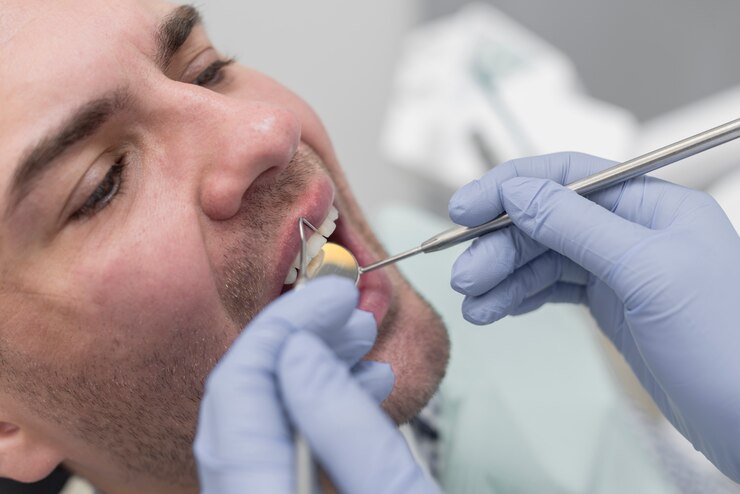Maintaining proper oral hygiene is crucial for a healthy smile, but sometimes brushing and flossing alone may not be enough to prevent tooth decay, especially in hard-to-reach areas of the mouth. Dental sealants offer an additional layer of protection against cavities by sealing off the vulnerable surfaces of the teeth. In this blog post, we’ll explore how dental sealants work and the ways in which they help protect your teeth from decay.
What Are Dental Sealants?
Dental sealants are thin, plastic coatings applied to the chewing surfaces of the back teeth, including molars and premolars. These surfaces often have deep grooves and pits where food particles and bacteria can accumulate, making them particularly susceptible to decay. Sealants act as a protective barrier, sealing off these grooves and pits to prevent food and bacteria from getting trapped and causing cavities.
How Do Dental Sealants Work?
The process of applying dental sealants is quick, painless, and non-invasive. Here’s how it typically works:
- Cleaning: Before applying sealants, the dentist or dental hygienist will thoroughly clean and dry the teeth to remove any debris or plaque buildup.
- Etching: A special solution is applied to the chewing surfaces of the teeth to roughen them slightly. This helps the sealant bond more effectively to the tooth surface.
- Application: Once the teeth are prepared, the sealant material is applied to the chewing surfaces and allowed to flow into the grooves and pits of the teeth.
- Curing: To harden the sealant and create a strong bond to the tooth surface, a curing light is used to activate the sealant material.
- Evaluation: After the sealant has hardened, the dentist will check to ensure that it has properly bonded to the tooth surface and make any necessary adjustments.
Benefits of Dental Sealants:
- Cavity Prevention: The primary benefit of dental sealants is their ability to prevent cavities by sealing off the vulnerable surfaces of the teeth. By preventing food and bacteria from getting trapped in the grooves and pits of the teeth, sealants help reduce the risk of decay.
- Long-lasting Protection: Dental sealants can provide long-lasting protection against cavities, with studies showing that properly applied sealants can last for several years. They are particularly beneficial for children and teenagers who may be at higher risk of developing cavities due to their dietary habits and oral hygiene practices.
- Non-invasive: Unlike fillings or other restorative treatments for cavities, dental sealants are non-invasive and require minimal tooth preparation. This makes them an attractive option for individuals who want to protect their teeth without undergoing more extensive dental procedures.
- Cost-effective: Dental sealants are a cost-effective way to prevent cavities and protect the teeth from decay. They are typically less expensive than fillings or other restorative treatments and can help save money on dental care in the long run by reducing the need for more extensive treatments.
- Easy Maintenance: Once applied, dental sealants require no special maintenance other than regular brushing and flossing. They are easy to clean and do not require any special cleaning products or techniques.
Dental sealants offer an effective and non-invasive way to protect your teeth from cavities and decay. By sealing off the vulnerable surfaces of the teeth, sealants help prevent food and bacteria from getting trapped in the grooves and pits, reducing the risk of decay. If you’re interested in protecting your teeth with dental sealants, consult with your dentist to determine if they are the right option for you. With proper application and maintenance, dental sealants can help keep your smile healthy and cavity-free for years to come.


